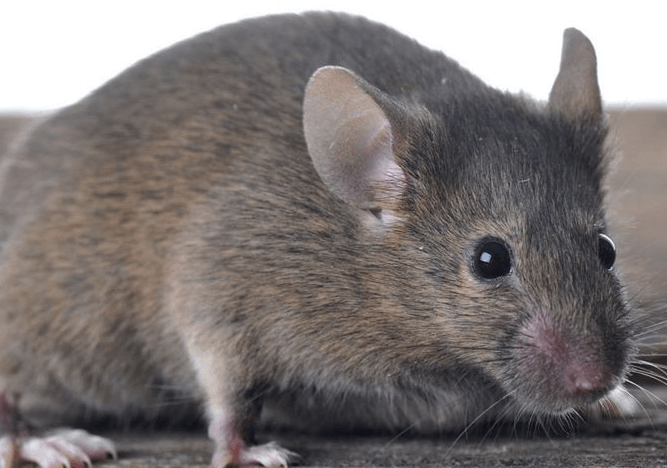
Rodent Control in Grand Rapids Michigan
RODENT INFORMATION AND CONTROL
Rodent Control in Grand Rapids- Residential & Commercial. Call 24/7 to discuss your rat problem. · (517) 999-5008. Keep your home or business safe with effective rodent control in Grand Rapids, Get free from rodents and mice with the help of Wolverine Pest Control. Learn effective techniques for identifying and controlling these pests to ensure a rodent-free environment. Rodents come in various shapes and sizes, with some common types being mice, rats, squirrels, and chipmunks. These creatures are known for their distinctive features, such as large front teeth and adapted cheek teeth for chewing. Their ability to gnaw on different objects in their surroundings often damages properties.

What are the physical characteristics of rodents?
How do rodents damage homes?
LEARN MOUSE FACTS & INFORMATION:
Identify and Control Mice to Protect Your Home or Business.
House mice:
Are small, with brown fur on top and a lighter underside. They have large ears and a long tail. House mice are typically about 3-4 inches long from nose to tail, not including their tail, which can be another 3-4 inches long.
Deer mice:
Are slightly larger than house mice, with a reddish-brown back and a white belly. They have large ears and a long tail with a white tip. Deer mice are typically about 4-5 inches long from nose to tail, not including their tail, which can be another 5-6 inches long.
What do mice look like?
Mouse Habitats: Exploring the Living Spaces of Three Mouse Species
How often do mice reproduce?
For deer mice, reproduction is reduced during the winter months. The litter size can vary from 1-11 offspring, with a typical litter size of 4-6. Warmer parts of the country see more reproduction compared to colder locations.
Detecting a Mouse Infestation: Signs and Indicators
Spotting a mouse indicates an infestation in Grand Rapids since they are nocturnal and secretive creatures. A lone mouse suggests a larger population, as other adult mice occupy hidden nesting spaces. Look for them scurrying along walls or in usually undisturbed areas.
Preventing Mice in Your Home: Tips and Expert Advice
Maintaining cleanliness is also vital in preventing mouse infestations. Wash dishes immediately and store food in glass or metal containers with tight lids. Don’t leave crumbs or morsels on tabletops or floors, as mice rely on scavenged food for water. Unfortunately, prevention methods may not work once your home is infested. In such cases, seeking help from trained professionals is the most effective mouse control method. Trust the experts to handle the situation for you.
